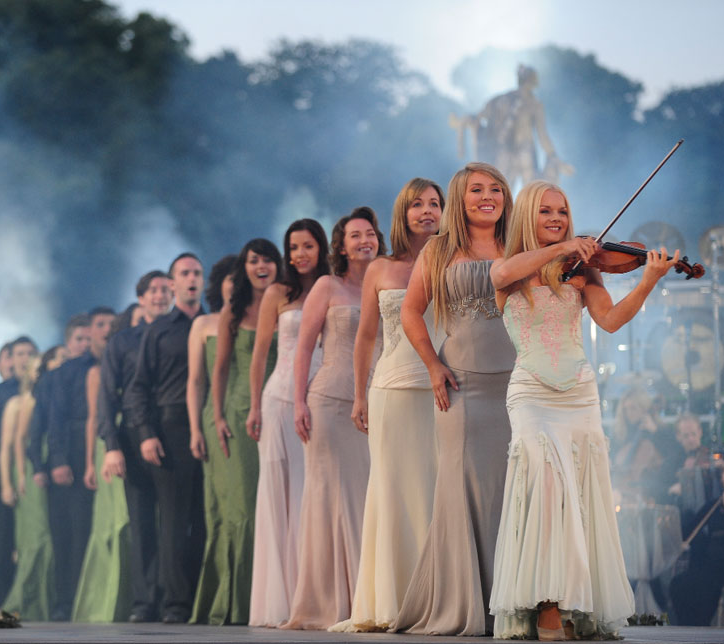“Back in 1983 the musicians gathered spontaneously, the music was authentic, the vibe was less touristy. This time [in 2003] the musicians were obviously paid to be there”
– Adam R Kaul
The concept of authenticity has always been a powerful trope. Within the musical field, there has always been a battle between commercial interests and authentic appreciation. The increased cultural exchanges of a modern world have resulted in the emergence of an industry surrounding cultural exchange. The commercialization of Irish culture, and more specifically, of Irish music, has been of serious concern to experts over the course of the last fifty years.
According to Irish music enthusiasts and experts alike, there is a direct correlation between the commercial nature of Irish music and its perceived authenticity. This inverse relationship becomes apparent when examining the different styles of The Dubliners, The Wolfe Tones, and The Dropkick Murphys.
The issue that arises from the commercialization of Irish culture is tied to the issue of cultural preservation. When studying highly commercialized presentations of Irish culture, specifically aimed at foreign audiences, it becomes immediately apparent that the authenticity of the experience has been sacrificed for the purpose of spectacle or accessibility. Take, for example, Riverdance, the highly ornamented Irish dance spectacular that has visited over 450 venues worldwide.

While it can’t be denied that these performances have brought traditional Irish dance to audiences everywhere, the manner of performance is so far removed from the original evolution of Irish step dance culture that the final product is nearly unrecognizable.
Similarly, the “World Music” genre is dominated by generic “celtic” bands that cover traditional Irish music. The group that jumps immediately to mind is “Celtic Woman,” an all-female musical ensemble featuring a rotating cast of Irish nationals. The group has produced an impressive volume of work, but their performances have been criticized for prioritizing flashiness over the original intent of the music they perform.

Their detractors have called attention to group’s use of elaborate set pieces, live orchestras, massive choirs, and flashy ball gowns, struggling to draw connections between the ensemble’s musical interpretations and the cultural history of their discography.
While authenticity is arguably subjective (at least, in part), these performances often appeal to the lowest common denominator by presenting Irish culture in a stereotypical manner that has been scrubbed clean of its intricacies, while simultaneously maintaining a romantic narrative about the purity and indomitable nature of Irish culture. The erosion of cultural meaning is a serious issued related the the consumption of Irish culture.
Unfortunately, materialism seems to be inextricably bound to Irish culture, due to the largely artificial nature of Irish identity. The concept of Irish national identity was created for the express purpose of consumption to encourage nationalistic sentiment and push towards Irish independence. As a result, it has become easy for individuals and groups to twist the narrative of Irish identity for the purpose of monetary gain.
In the following pages, we will analyze how each of our chosen groups has shaped concepts associated with Irish identity for the express purpose of commercial benefit:
The Dubliners: Pastoral Irish Music for the Modern Consumer
The Wolfe Tones: Thinly Veiled Irish Pride
The Dropkick Murphys: The Monetization of “Irish” Punk Music
